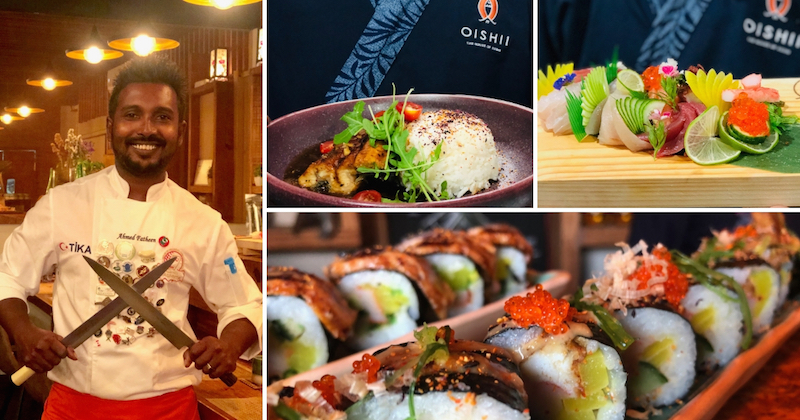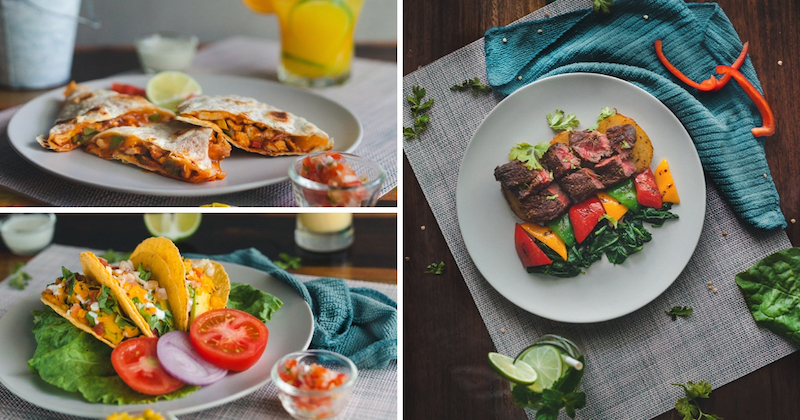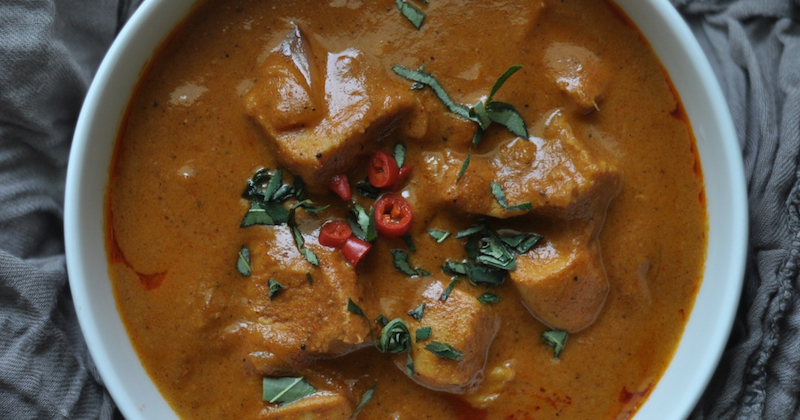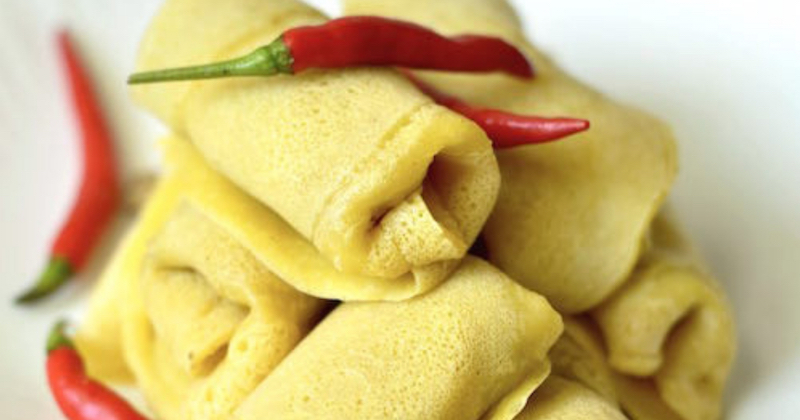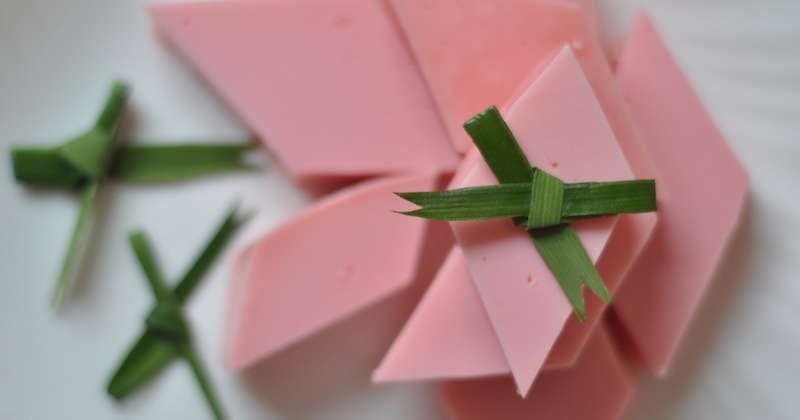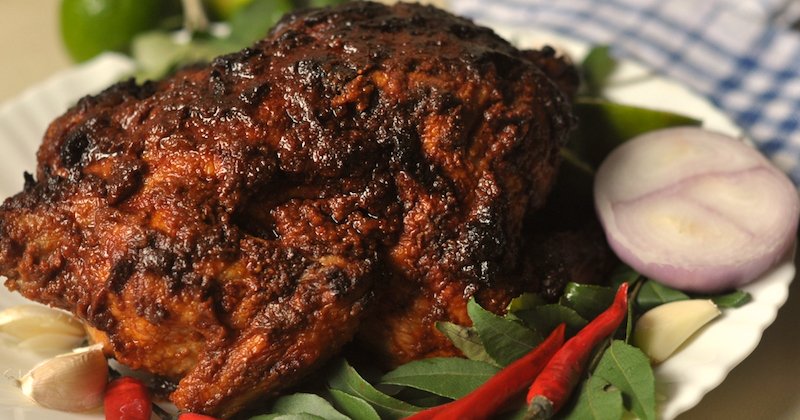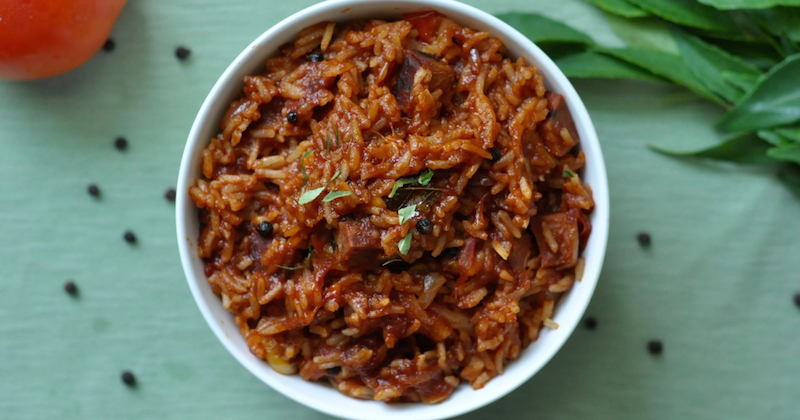Korean Food 101
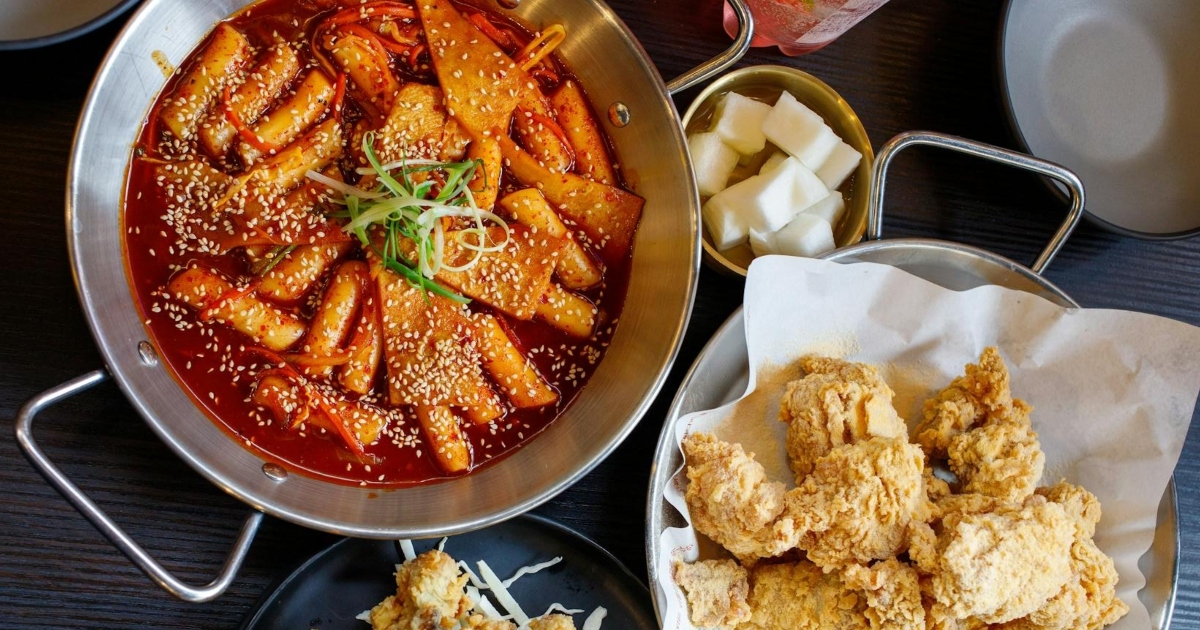
by Iyath Adam
In the past few years, Korean cuisine has really made its mark on the global culinary stage. Here in the Maldives too, Korean food has slowly started to emerge in the local food scene with different dishes featured in most contemporary restaurants. What’s more, a handful of Korean restaurants have also popped up in the Greater Male’ Area.
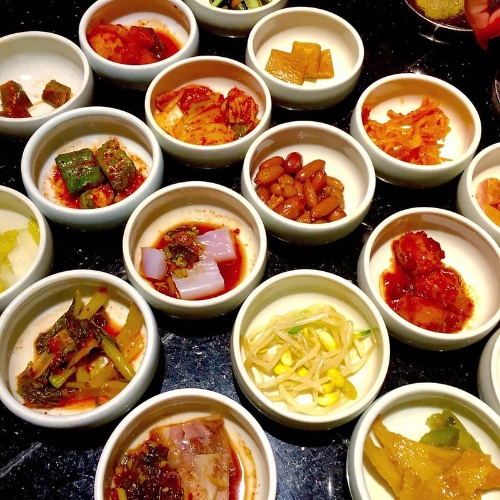
Like any cuisine, Korean food is unimaginably diverse with many different regional varieties. Meals are often centered around cooked rice and served with an array of banchan – small side dishes like kimchi, seasoned vegetables, and pickles that everyone at the table shares. Soup or stew is almost always part of the spread, making the meal feel warm and complete. Eating together is also an important part of Korean culture. Food is meant to be enjoyed communally, with friends and family gathered around the table.
While explaining the whole Korean cuisine is not something we can do here in this article, let us break down to you some of the most common terms you might hear when referring to Korean cuisine.
Gochujang
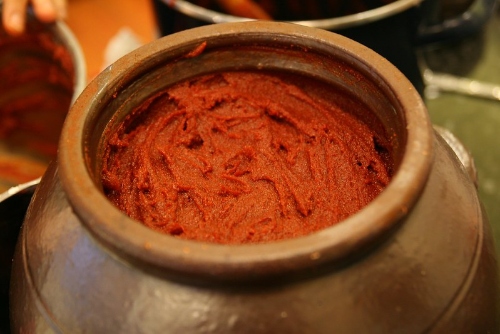
Now, gochujang does not actually refer to the name of a dish, but a condiment. It is a fermented chilli paste, made from Korean red chilli powder, gochugaru, glutinous rice, salt, and fermented soybeans. The mixture is left to ferment in earthenware pots for several months or even years, until it becomes a thick, vibrant red chilli paste which has a spicy, savoury, umami-like taste.
Gochujang is used to make stews, rice, and noodle dishes and in marinades for grilling meat.
Kimchi
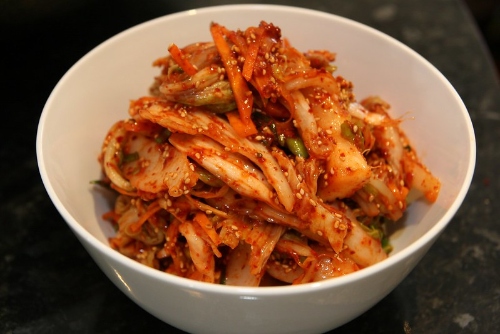
We’ve all heard of kimchi, right? Known for its fermented and gut-healthy properties, this quintessential Korean condiment can be made with literally any vegetable. The most common type of kimchi is made with napa cabbage, although other vegetables like radish, cucumber, and eggplant can also be used.
To make kimchi, the vegetables are mixed with different seasonings and left to ferment. The most common seasonings include gochugaru, garlic, onion, scallions, sugar, salt, and sesame oil along with fermented seafood (like salted shrimp, salted anchovies, fish sauce etc.).
Tteokbokki
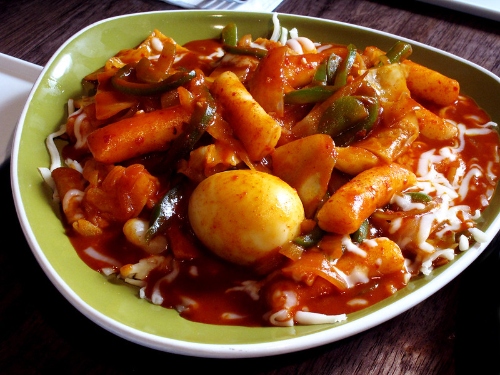
Tteokbokki is a kind of a stew made with rice cakes, meat, and vegetables.The rice cakes used in this dish are small and cylinder-shaped with a slightly chewy texture.
The sauce of the tteokboki can be made in many different ways, but the most common version is flavoured with gochujang for a spicy, umami kick. Tteokbokki, which is made by adding ramen to it, is called rabokki.
Yangnyeom chicken
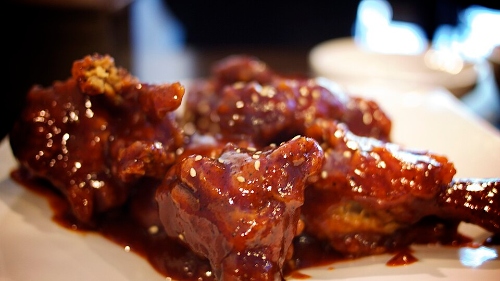
Yangnyeom chicken – which literally translates to ‘seasoned fried chicken’ – is the Korean version of fried chicken. Slathered with a sticky red sauce made with gochujang, sugar, and garlic, this dish is sweet, spicy, and savoury all at the same time. Made with small boned pieces, the chicken is super crispy on the outside and succulent on the inside.
Bulgogi
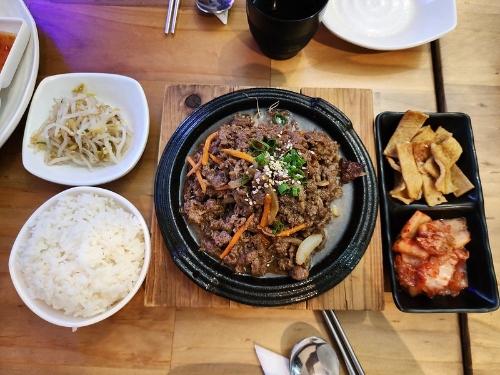
Bulgogi is one of the most famous dishes in Korean cuisine. It features thinly sliced pieces of meat (usually beef) which are marinated, then grilled. The finished beef has a smoky, savoury flavour with a slightly chewy, yet tender texture.
The marinade for bulgogi can be made many different ways, but common ingredients include soy sauce, sesame oil, ginger, garlic, sugar and ground black pepper. Juice from acidic fruits like pears, pineapple, and kiwi are also added to tenderise the meat more and give it an extra oomph of flavour.
Bibimbap
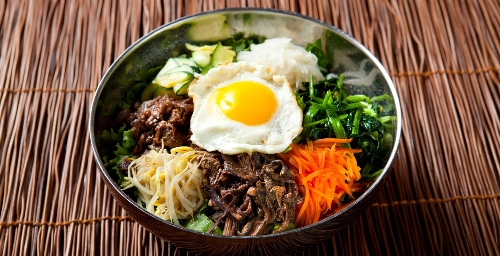
Bibimbap – which simply translates to ‘mixed rice’ – refers to a rice bowl dish. The warm, cooked rice is topped with a variety of seasoned or cut vegetables, fried egg, and a sliced meat like bulgogi. Other condiments like seaweed, sesame seeds and toasted sesame oil can also be added for more flavour. The rice is then mixed with the meat and vegetables and eaten for a simple, hearty dish.
Bibimbap can be made in endless ways – it really just depends on your taste and whatever ingredients you have on hand.
Bingsu
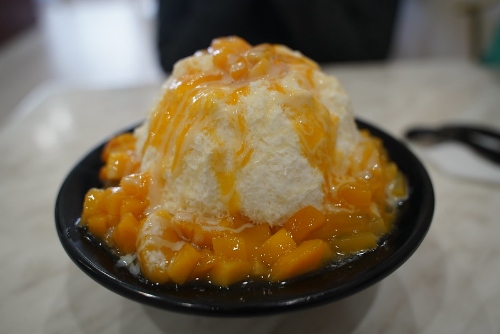
Bingsu is a beloved Korean shaved ice dessert, and perhaps the most famous Korean dessert known globally.
Made with finely shaved ice (often milk-based for extra creaminess), it’s traditionally topped with sweet red beans and condensed milk. Modern variations of bingsu have many creative flavours like matcha, mango, strawberry, and even chocolate, often piled high with fresh fruit, syrups, and crunchy toppings.
Looking for Korean food in Maldives?
If you’re looking to taste authentic Korean food in Maldives, then it’s definitely worth it to check out Korean Food Zone and Hi Lemon restaurants that serve a variety of dishes (you can check out our review of Korean Food Zone here).
For some delectable bingsu, do check out Café LongBeach, which serves some great contemporary flavours (read our review here.)
About Lonumedhu
Lonumedhu is about eating great food right here in the Maldives.
Our easy to follow recipes use locally available ingredients.
In our blog you will find food news, interviews with chefs and cooks, useful information about eating out and other foodie reads.
Contacts
© Lonumedhu.com 2017-2025. All rights reserved. No part of this website may be reproduced without the written permission of the publisher.
Advertisers
Lonumedhu.com has partnered with Qualia Pvt Ltd, a publishing & marketing agency, for its desktop and mobile advertising.
Advertising enquiries should be directed to (960) 987 4396 or marketing.sales@lonumedhu.com.

